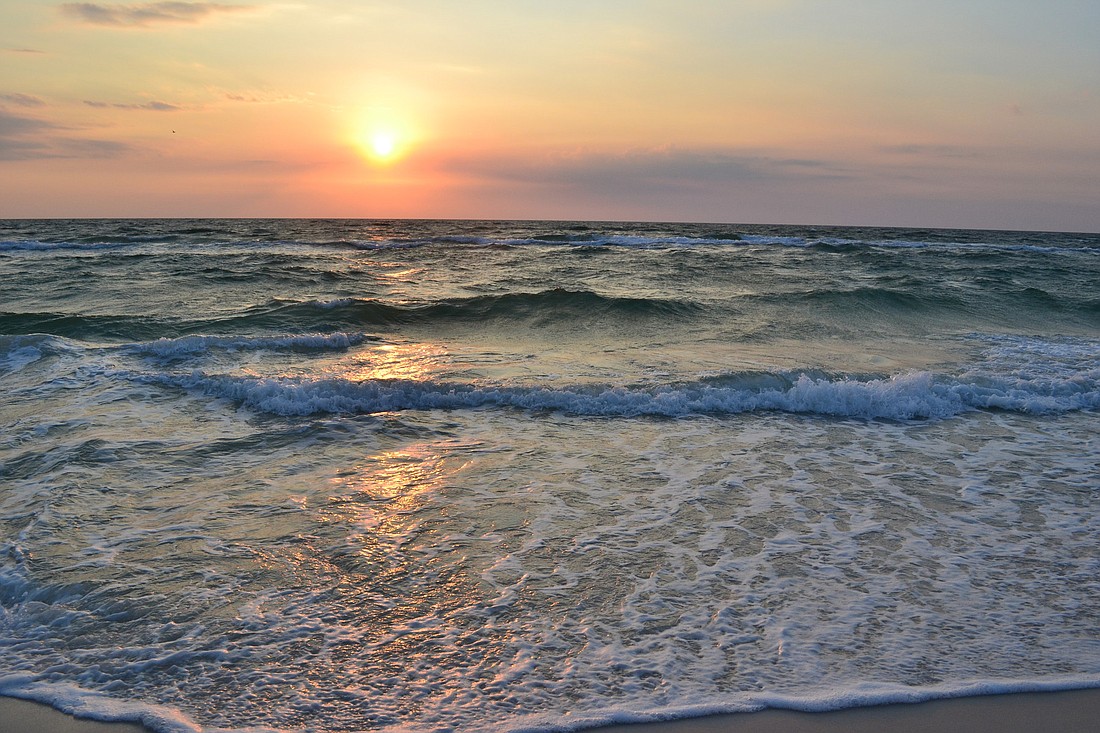- April 18, 2024
-
-
Loading

Loading

For 21 years, Dr. Stephen Leatherman, coastal expert and director of Florida International University’s Laboratory for Coastal Research, has ranked America’s finest beaches in his annual Top 10 Beach List.
Leatherman takes 50 criteria of physical features into account when judging each beach, including sand color and softness, wave size, water color, wildlife, beach cleanliness and beach facilities offered.
After climbing the ranks from third place in 2008 and spending the following two years in second place, in 2011, Leatherman finally named Siesta Beach the No. 1 Beach in America. Specifically mentioned in his evaluation were the nearly pure quartz crystal quality of the sand, the blue color of the water and the safe, family-friendly swimming conditions.
The Key is certainly enjoying its elite status at the top of this prestigious list. It seems everything is seeing a boost: Traffic, tourism and business have all experienced a hike, but how will this ranking affect the Key in years to come?
Once named No. 1, that beach is no longer eligible to appear on the list. This week, the Pelican Press takes a look at a few of the previous beaches that have been able to boast Leatherman’s No. 1 ranking.

Caladesi Island State Park, Dunedin/Clearwater
No 1. Beach in 2008
This three-mile long, 2,470-acre island, located on Florida’s Gulf Coast, remains one of the few undeveloped islands in the state. Like many of the No. 1 beaches, Caladesi Island spent several years in the top 10 before making it to the top.
Due to strict regulations, this beach is unique in that it’s only accessible by boat or ferry, and so it remains fairly untouched; it stands out among the highly developed surrounding Clearwater area.
“It’s a really unique setting,” said Pete Krulder, manager of Honeymoon Island State Park. “You don’t have the traffic and the commercialism that you see at other beaches. There’s a small café on the island, but that’s about it. It’s just a different environment.”
Krulder reports that the island saw a 25% increase in visitors in 2008 to more than 400,000 visitors that year — the most the beach has ever seen.
Despite the increase of people on the island, Krulder says there were no memorable negative impacts. He said the effects of the No. 1 ranking lasted for the next two years, before tourism numbers returned to normal. Last year, the island saw 255,742 visitors.
“We still have the notoriety,” said Krulder. “It’s still a great advertising tool, and we get a lot of people who say they’re here because of the ranking.”

St. Joseph Peninsula State Park
No. 1 Beach in 2002
This 2,500-acre state park features 10 miles of white sand beaches, which stretch along the Florida Panhandle, framed by forests and some of the tallest beach dunes in the country.
Leatherman pointed to the beach’s white quartz-crystal sand and emerald-green water color in his rating, as well as the herons, egrets and dolphins that inhabit the area.
In 2002, when St. Joseph State Park was named the No. 1 Beach in America, the park saw a considerable increase in visitors says park manager Mark Knapke.
In 2001, the park recorded 152,179 visitors. In 2002, following the ranking, the park welcomed 173,747 visitors and saw similar numbers in 2003. The following two years’ visitor numbers were dampened by particularly bad storm seasons. Since then, the number of people visiting the park has leveled off. Last year, the park serviced 163,001 visitors.
Knapke says that the park’s exceptional fishing, deep-water harbor, wildlife and other activities, such as camping, boating and cycling, are what set it apart from most beaches.

Coopers Beach, Long Island, N.Y.
No. 1 Beach in 2010
Coopers Beach, located in the upscale Southampton Village, stretches 500 feet along the Atlantic shoreline. Among other traits, Leatherman mentioned the grass-covered sand dunes and the historic mansions visible from the beach, including Calvin Klein’s home. Unlike most of the beaches on Leatherman’s list, parking at Coopers Beach comes with a price tag — the Village of Southampton’s website lists the cost of a daily parking permit as $40.
Village administrator Steve Funsch believes the quality of the beach’s sand and water quality, as well as the available facilities and lifeguards, allowed Coopers Beach to take the No. 1 spot in 2010.
“We got a lot of phone calls from people out of town, as far away as South Carolina and Canada who had heard about the beach,” said Funsch. “It’s bittersweet. Once you get rated No. 1, you’re knocked out of the running.”
To get a look at how the ranking affected tourism, Funsch points to the daily visitation records from the time. In 2009, the beach saw 5,500 daily visitors, and in 2010, the year of its first-place ranking, the beach’s daily visitors number jumped to 8,963.
Funsch says that Cooper Beach tourism is predicated on weather, making it difficult to make comparisons. 2011 was a poor year for weather, he says, but the beach still saw 7,437 daily visitors.